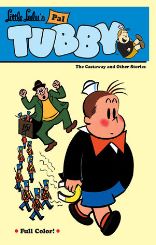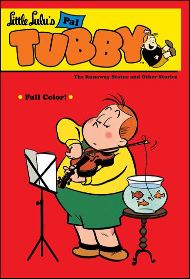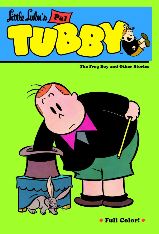All
we have to say is, "It's about time!" Well, that's
not all, really. First off we'd like to thank the
folks at Dark Horse Comics for dedicating their
resources to this important project. John
Stanley's Little Lulu is one of the great runs
in the history of comics: 145 consecutive issues (plus a handful of
giant-size specials) of simple yet elegant,
straightforward yet disarming stories about Lulu and
Tubby (whose own series is now being
collected, as well!), their pals and their
parents. Like Carl Barks, his contemporary at Dell
Comics (Lulu's original publisher) John Stanley -- with
the indispensable assistance of inker/finisher Irving
Tripp -- had that rare ability to produce work capable
of simultaneously engrossing the sensibility of a child
and charming that of an adult.
Each volume in the series presents an average of six
complete issues of Marge's Little Lulu (the full
title, as the character of Little Lulu was created by
Marjorie "Marge" Henderson Buell in 1935 for The
Saturday Evening Post; despite the fact that she
had nothing to do with the comic book series, it
nevertheless kept her name), originally published by
Dell Comics. The actual number of issues per
volume varies with the page count of the originals, but
every volume is between 180 and 240 pages long, with an
average of over 200.
Dark Horse has done a fine job here: the
reproduction is uniformly excellent and all volumes are
printed in crisp, clear black & white on a decent
quality, flat, bright white, 6" x 9" stock. John
Stanley's Little Lulu,
while long enjoying the ardent support of a core group
of readers, is still under appreciated given its
quality. If you are unfamiliar with John Stanley's
work, do yourself a favor and spend at least a few
minutes with one of these volumes, then you can judge
for yourself. It may not be your cup of tea, but
if it is, you'll have a lot to look forward to. In
addition, these volumes offer an ideal way to introduce
younger readers -- as well as readers of any age, for
that matter -- to the joys of comics.
For those who have been following
this series, it is worth noting that the first five volumes
were not issued in the same chronological order as the
original issues they contain -- the issues within each volume
are, of course, printed in chronological order, so it's simply
a matter of rearranging the volumes on your shelf to put the
series in its proper order.
Here are all
twenty-nine volumes, pictured in their proper order:
























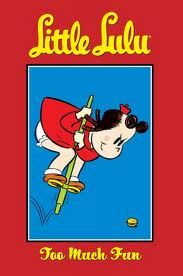
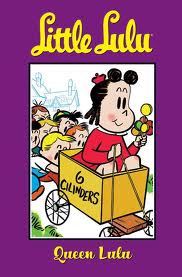
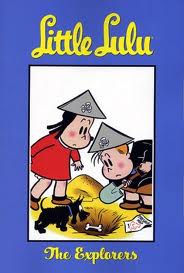
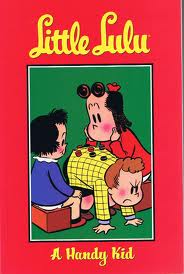
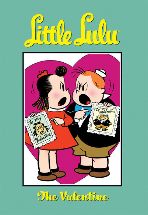
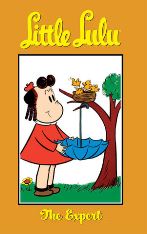
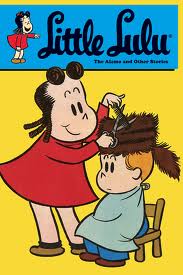
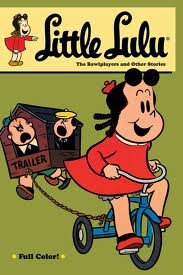
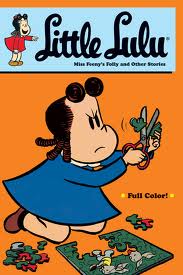
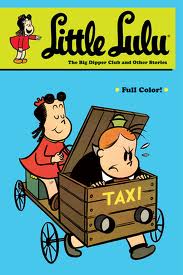
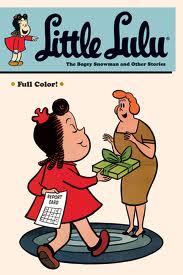
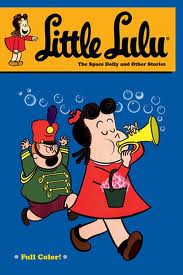
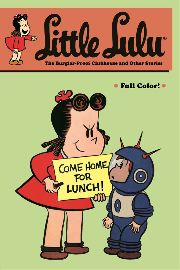
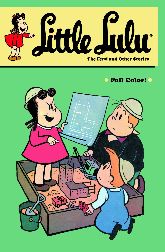
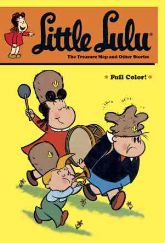
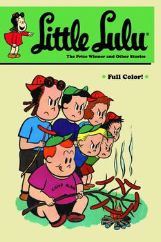
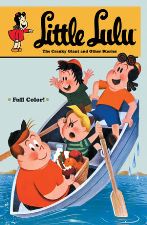
 GIANT-SIZE Little Lulu
#1 contains the entirety of:
GIANT-SIZE Little Lulu
#1 contains the entirety of: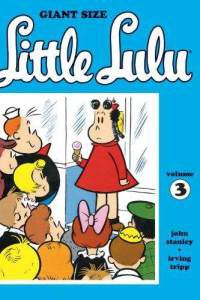 9) Lucky Lulu:
collects Little Lulu 33 - 37
9) Lucky Lulu:
collects Little Lulu 33 - 37